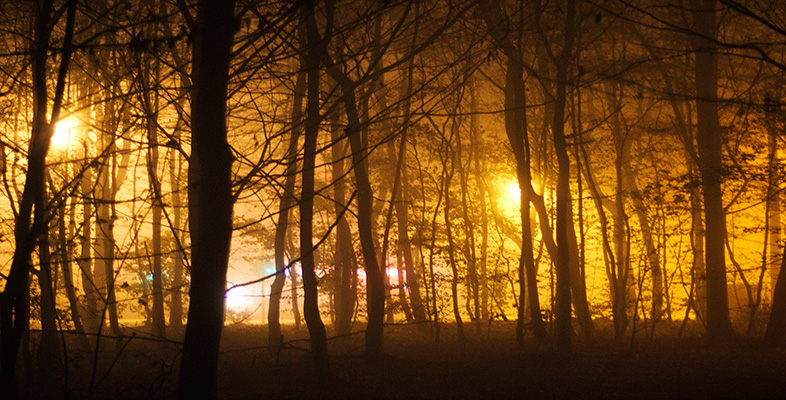5.7 Emergency planning – the process
Usually, when emergency plans are prepared the hazards already exist, and may have been there for some time. The liquefied petroleum gas (LPG) stores in the middle of many cities are a classic example. They ‘grew’ in the former coal yards adjacent to railways. Their presence may be accepted, whereas a new development with similar hazard potential might give rise to objections.
In the preparation of plans, the phenomenon known as ‘agenda setting’ must be taken into account. This is where the planning process suddenly makes people aware of a hazard that they previously were not concerned about. If conducted with an air of secrecy, emergency planning can be perceived as evidence that a special problem exists, rather than reassurance that effective safety precautions are being taken. If the public once gets the impression that things are being kept from them, be prepared for the following reactions:
NIMBY – Not In My Back Yard!
BANANA – Build Absolutely Nothing Anywhere Near Anyone!
LULU – Locally Unacceptable Land Use!
In many ways, good emergency planning is little more than the logical application of common sense, albeit in a more formal way and on a larger scale. There is more than one way to approach the planning process, but it is usually easier to manage if it is broken down into a number of steps or stages.
